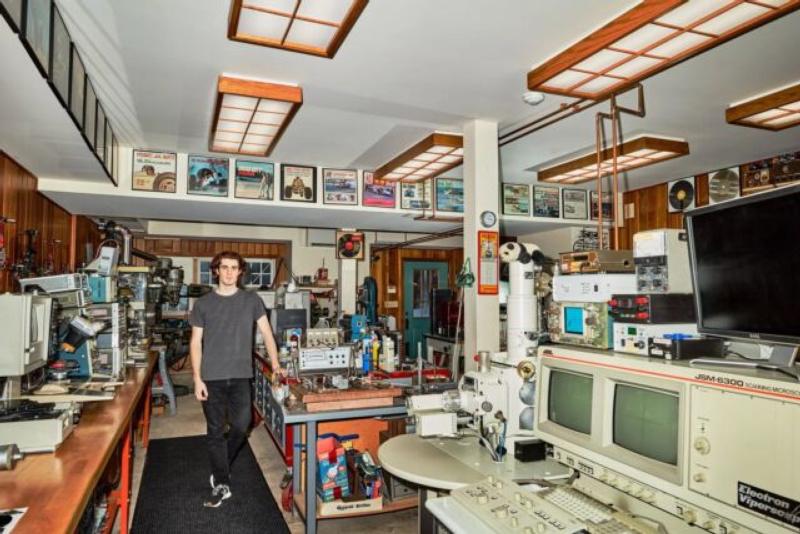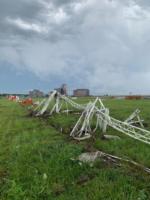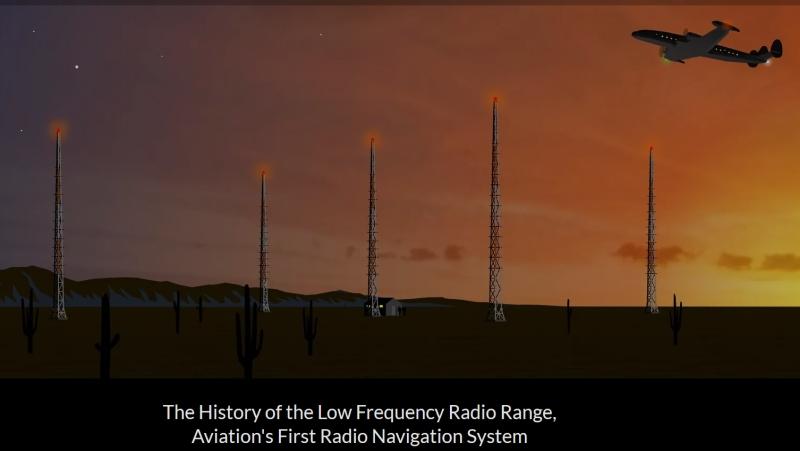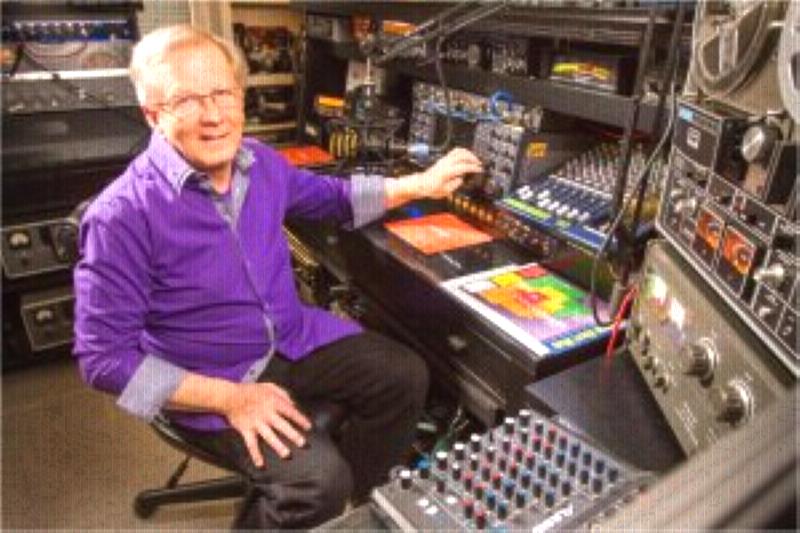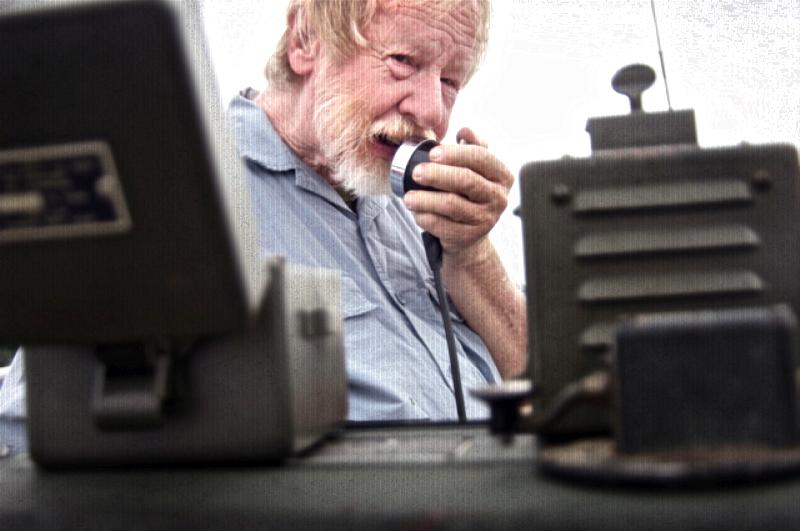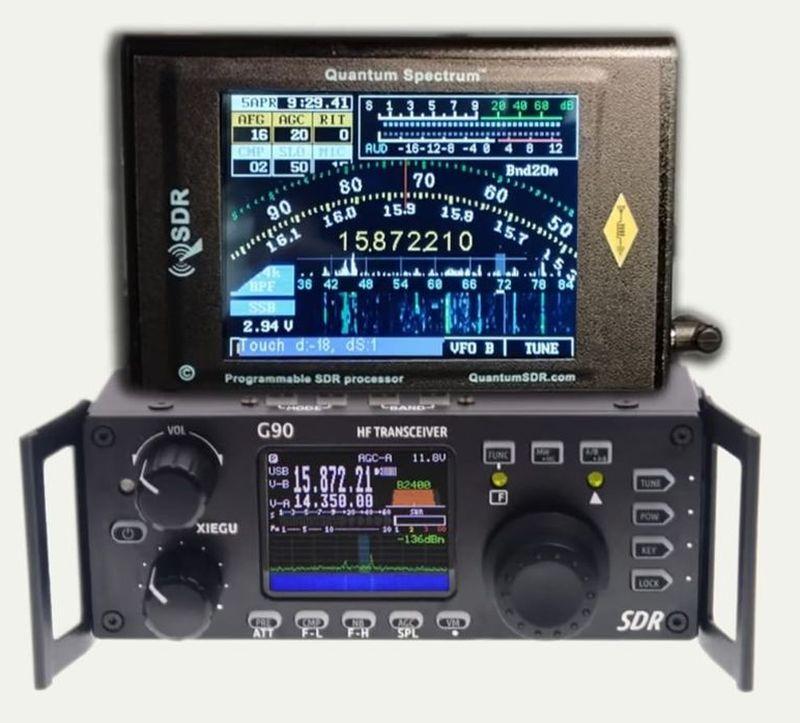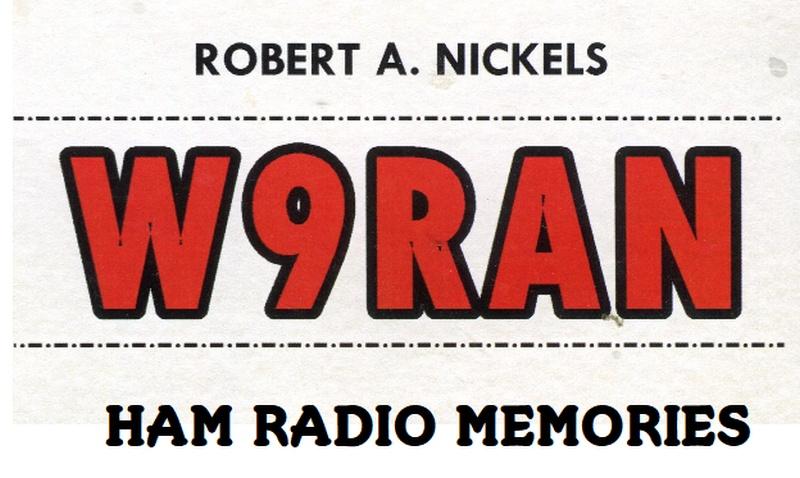WBBM-AM tower moves to Bloomington IL
watch the old tower fall (video link below)
General Information 08/26/2019
The WBBM-AM radio tower has moved out of Itasca and found a new home in Bloomingdale.
After 77 years, the over 680-foot WBBM-AM radio tower came down Thursday in Itasca. The property sold for development and WBBM Newsradio's new tower will now be located in Bloomingdale, at the same site as its sister station,WSCR (670 The Score), and will be diplexing off of their tower.
The tower located just northwest of the I-290/Elgin-O’Hare Expressway interchange in Itasca was not WBBM Newsradio's first transmitter site, or even its first 50,000-watt site.
The station signed on in 1923 from Lincoln, Illinois, down near Springfield, and moved to Chicago in 1924, eventually settling down at the Broadmoor Hotel. In 1927, WBBM-AM moved its transmitter again, jumping to “super power” - 5,000 watts - from a new site in Glenview, according to Fybush.com.
In 1929, the power was doubled to 10,000 watts, helped out in 1932 by the construction of a “T”-type antenna strung from two 305′ towers. WBBM-AM increased power to 25,000 watts, then to the full 50,000 watts in 1935.
Four years later, WBBM-AM replaced the old antenna with a 490′ Blaw-Knox vertical antenna, only to lose the new tower to an ice storm a few months later, on April 13, 1939. A replacement tower was back up by September, but the Glenview site’s days were numbered, thanks to the growth of the nearby Glenview Naval Air Station.
In March 1941, as part of the implementation of the North American Regional Broadcasting Agreement, both WBBM-AM and KFAB were shifted to 780 kHz. After the attack on Pearl Harbor and the resulting U.S. entry into World War II, there was an increase in air traffic at Naval Air Station Glenview, and the Navy asked WBBM-AM to move its towers to a new location.
On May 1, 1942, the Navy assisted WBBM-AM in moving its transmitter and tower to Itasca, about 11 miles southwest of the old site. WBBM-AM signed on from its new Itasca home that same day.
WBBM-AM had a nearby neighbor at its new home in Itasca - just a mile and a half to the north on Rohlwing Road, WGN (720) had moved in just a few years earlier, abandoning its old site far to the west in Elgin.
WBBM Newsradio's site in Itasca boasted two towers: a guyed main tower 695 feet tall and a 253′ self-supporting auxiliary tower.
On July 18, 2019 WBBM Newsradio's transmitter site moved to Bloomingdale, just off Army Trail Road, to diplex with sister station WSCR (670 The Score). From the somewhat taller WSCR antenna, WBBM Newsradio will drop down to 35 kW days, 42 kW nights, but with no significant reduction in its coverage.
“The day and night power reductions are required to satisfy FCC interference protection requirements toward other co-channel and adjacent channel stations,” according to the FCC application filed by WBBM Newsradio.
Fybush reported it would result in “no significant reduction in [WBBM’s] coverage.” Video:
Latest Articles
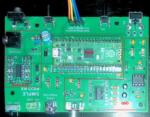
Technical
Posted: 01/29/2025
Comments: 0 |
Pico Rx performance - Excellent performance on 630m WSPR
The Simple Pico Rx is my minimalist implementation of Jonathan Dawson's "Pico Rx" at 101things: https://github.com/dawsonjon/PicoRX In this basic form the receiver consists of a Quadrature Sampling Detector (QSD aka Tayloe) and the Pico2 MCU which handles all DSP functions. There are NO front-end filters, the only bandwidth limitation comes from the tracking filter... READ MORE |
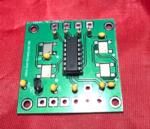
Crystal Replacement
Posted: 08/226/2024
Comments: 0 |
Making SMT "no lead" parts easier to use
SMT is the future - but how can we actually use parts without leads? ... READ MORE |
|
Crystal Replacement
Posted: 02/38/2024
Comments: 0 |
How good can a crummy receiver be?
Hundreds of different simple SDR receivers have been designed around Dan Tayloe's Quadrature Sampling Detector or QSD. Mine add nothing to the state of the art, and in fact subtract things, as I like minimalist solutions and the QSD is right in that sweet spot. Following the evolution of Tayloe's design I delete the resistors in series with the sample lines for inst... READ MORE |

Technical
Posted: 02/37/2024
Comments: 0 |
What's in a number (3253)?
The FST3253 dual four-to-one mux/demux IC has long been used as a "Tayloe Detector" or QSD (and QSE) in low-cost SDRs. They provide incredible performance for such a simple circuit, converting RF to baseband IQ with low loss and the ultimate in simplicity. Unfortunately the original FST3253 part has become obsolete and while substitutes are available, this is where the... READ MORE |

Vintage Ham Radio
Posted: 02/32/2024
Comments: 0 |
The Stancor 10P Transmitter
There weren't really many commercial transmitters in the 1930s as most hams built their own. But many of the ones that were offered came from the transformer companies who had two chances to profit. First, from those who would buy the kit, and two, from those would would see it in the (free) booklets the companies provided to their distributors who would then sell the iron to ham... READ MORE |

Vintage Ham Radio
Posted: 12/355/2023
Comments: 0 |
The Care and Feeding of the EF Johnson Courier amplifier
The EF Johnson "Courier" is a grid-driven amplifier using two 811A tubes. Switching is provided for operating in either class C for CW or as a class B linear amplifier for AM or SSB. Rated power is 500 watts input for CW, 500 watts PEP input for SSB, and 200 watts input for double-sideband AM with carrier. Since all amateur power levels were meas... READ MORE |

Historic
Posted: 11/329/2023
Comments: 0 |
TV Duplexer
Some things are interesting, even if totally useless nowadays. Such is the case with the Philco 426-3034 Crossover Kit for UHF TV. What the heck is that? Well, back in the late 50s, UHF television stations operating on channels 14-83 started to appear in many areas of the US where viewers had a VHF-only TV antenna, and in many cases an externa UHF converter was... READ MORE |

Crystal Replacement
Posted: 11/327/2023
Comments: 0 |
Replacing failed crystals
For decades, quartz crystals were used everywhere a stable frequency source was needed, even in some applications that depended on overtone (harmonic) behavior into the VHF range. These crystals were less stable and more dependent on circuit parameters that fundamental types and thus more problematic. Such was the case with the 94 MHz crystal in the 2 meter converter ... READ MORE |

Historic
Posted: 11/315/2023
Comments: 0 |
My Own Ham Radio Story by W9RAN
Everyone has a story of how they got involved in ham radio - this is mine. It started much earlier, including receiving a Knight Kit Span Master shortwave radio for Christmas in about 1963, at age 12. I'll never forget the night my dad and I finished building it and I wanted to try it out. It came with a 50 ft. antenna which was still coiled up - but ... READ MORE |

Technical
Posted: 09/267/2023
Comments: 0 |
Hot to simulate vacuum tubes in LTSpice
LTSice is a powerful simulation tool that is provided free by Linear Technology Corp. It comes with a complete library of passive and common analog solid-state components but if you want to use it to simulate vacuum tubes, it doesen't work as-is. Even though triode and pentode symbols can be found in the "Misc" folder, they are just schematic symbols and... READ MORE |
Latest Links

Products
Posted: 12/10/2018
Comments: 0 |
How To Get Tech Help From Strangers On The Internet
Paul Stoffregen is the creator of the Teensy microcomputer and related products and has authored a vast amount of exceptionally good and useful public domain software to go with it. As the old saying goes "no good deed goes unpunished" and in the course of answering customer and would-be customer questions, Paul has written over 18,000 replies. From that he's ... READ MORE |
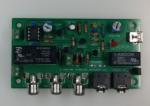
Products
Posted: 11/11/2018
Comments: 0 |
VERSA-TR purchasing
The VERSA-TR kit designed by RAN Technology Inc. is available from our friends at Hayseed Hamfest. Please direct all order-related questions to them at https://hayseedhamfest.com/pages/contact-us ... READ MORE |
Latest News

WANTED: Bendix 3206
Power Supply/Mod/IF unit
New droplet-based electricity generator
A drop of water lights up 100 small LED bulbs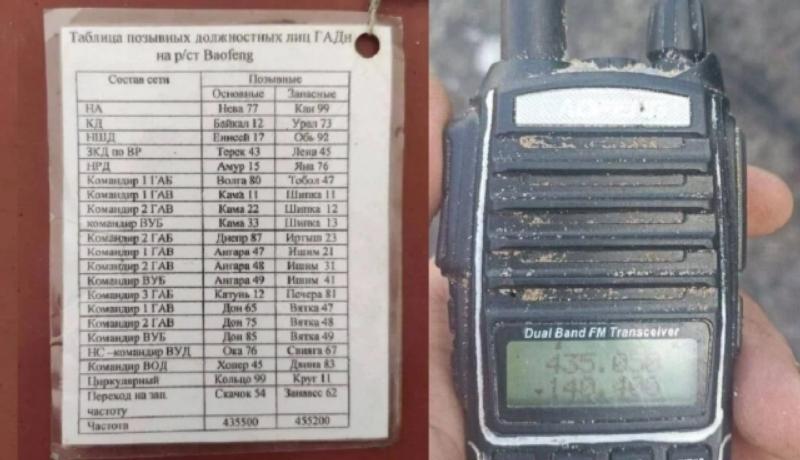
Russian soldiers uses Chinese portable radios
Baofung UV-82HP - unencrypted
Amateur radio transmittting suspended in Ukraine
part of a 30 day emergency order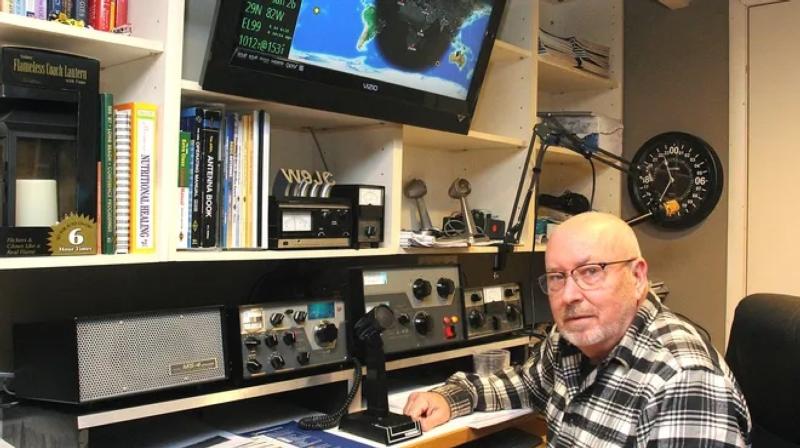
Local IL Ham featured in newspaper article
W9JC, Freeport IL